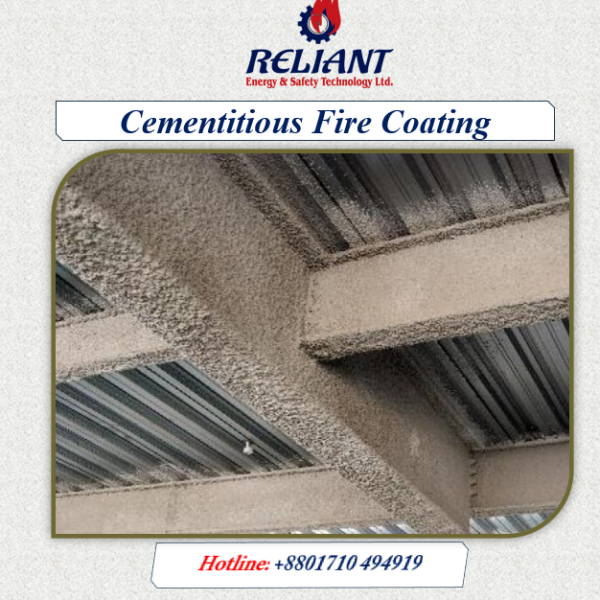Fire stop barriers and sealants are essential components of passive fire protection systems in buildings and structures. They are designed to prevent the spread of fire, smoke, and toxic gases through openings and gaps in walls, floors, and ceilings, which could otherwise compromise the integrity of the building and endanger its occupants.
Function and Importance: During a fire, openings and penetrations, such as gaps around pipes, cables, ducts, and conduits, create pathways for fire to travel from one compartment to another. Fire stop barriers and sealants are specifically formulated to seal these openings, effectively restricting the movement of flames and smoke. By doing so, they compartmentalize the fire and contain it at its source, limiting its ability to spread to other parts of the building.
Types of Fire Stop Barrier/Sealant:
- Intumescent Sealants: These sealants are designed to expand when exposed to heat, creating an insulating barrier that seals off the opening. Intumescent sealants are commonly used around pipes and cables passing through walls and floors.
- Fire-Resistant Mortar: Fire-resistant mortar is applied to fill gaps in masonry walls, providing fire protection in cavities and joints.
- Fire Stop Pillows and Boards: These devices are used to fill larger openings and are particularly effective for cable trays and HVAC ducts.
- Fire Stop Foam: Fire stop foam is a flexible material that expands to fill irregular gaps and openings, providing an effective seal against fire and smoke.
- Fire-Rated Putty Pads: Putty pads are used around electrical boxes and outlets in walls to prevent the spread of fire through these openings.
Installation and Testing: Proper installation of fire stop barriers and sealants is crucial to their effectiveness. Trained professionals should be engaged to install these systems to ensure they meet the required fire-resistance ratings and comply with building codes and regulations. Regular inspections and maintenance are essential to ensure that the barriers and sealants remain intact and functional over time.
Certification and Standards: Fire stop barriers and sealants should undergo rigorous testing and certification by recognized testing laboratories to ensure they meet the necessary fire-resistance standards. The most common standards used for testing fire stop products include ASTM (American Society for Testing and Materials) and UL (Underwriters Laboratories).
Conclusion: Fire stop barriers and sealants are critical components of passive fire protection in buildings. By effectively sealing openings and gaps, they help prevent the rapid spread of fire and smoke, providing valuable time for occupants to evacuate safely and for firefighters to respond to the emergency. Building owners, architects, and construction professionals must prioritize the installation, testing, and maintenance of fire stop systems to enhance the overall fire safety of structures and protect lives and property.














Reviews
There are no reviews yet.